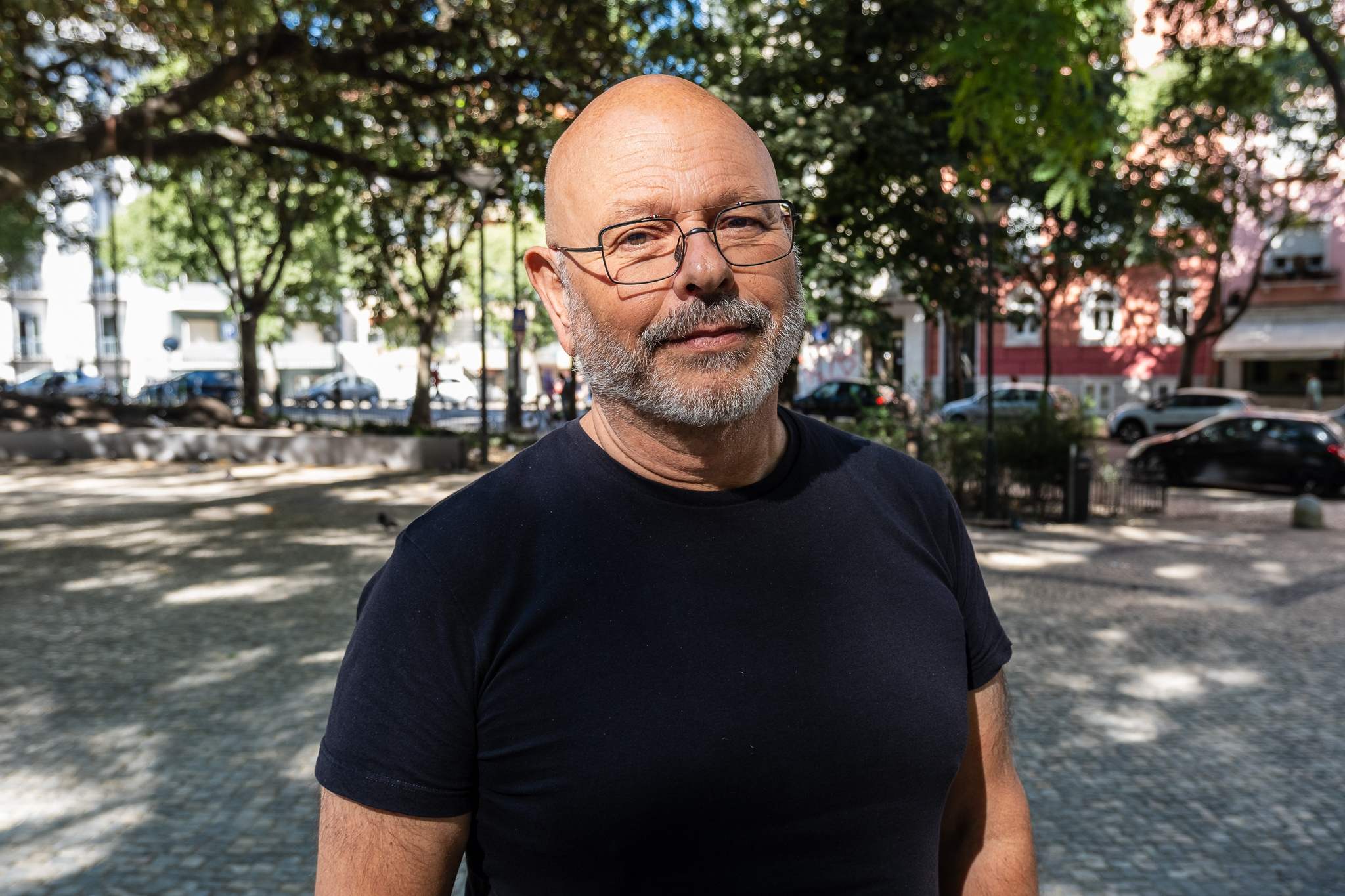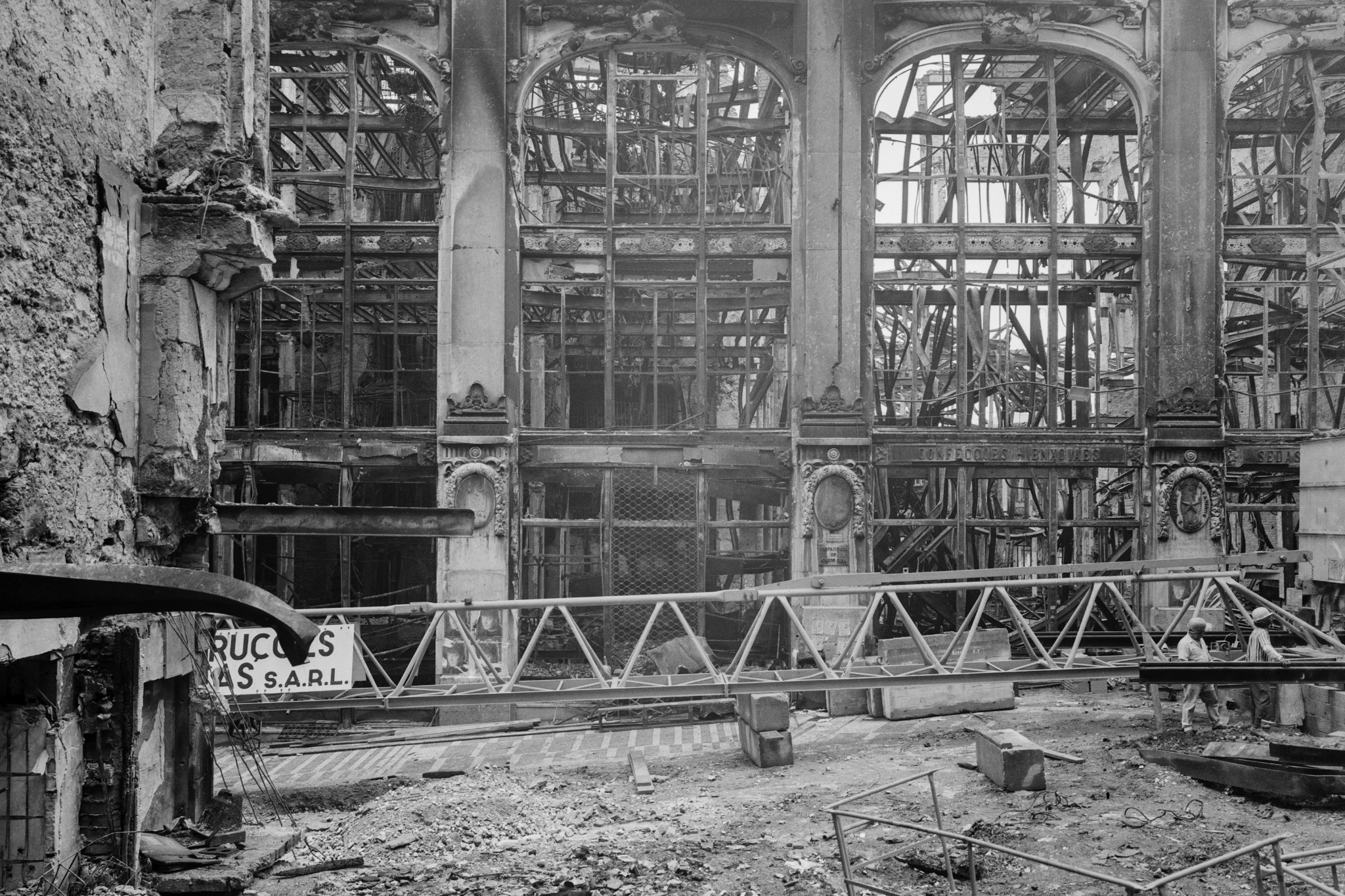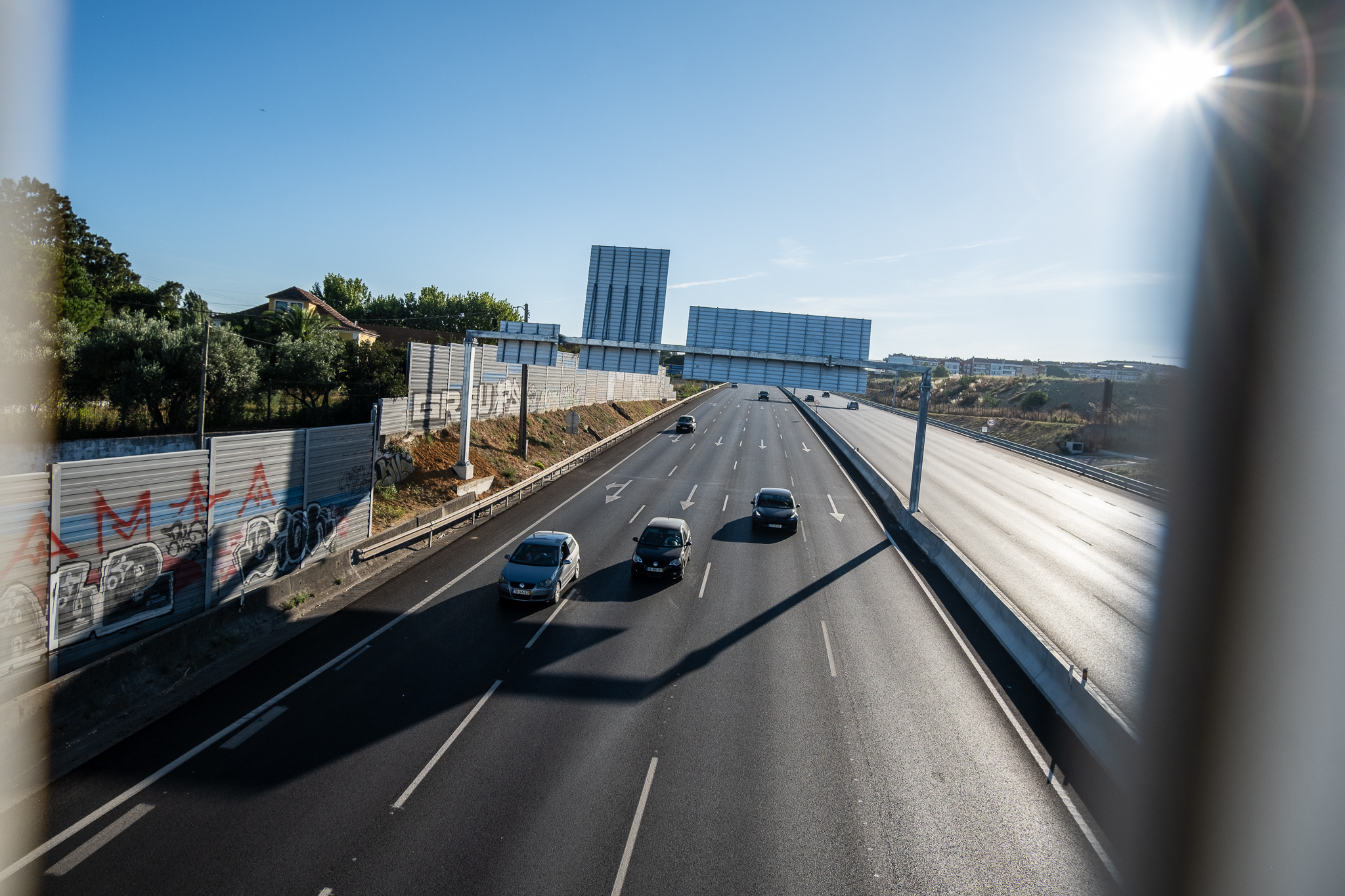Tomás Batista is old enough to go out at night, but he considers Carris' Rede da Madrugada insufficient for the trips home. So he decided to propose a new one and has already gone to the company to present it.

Tomás Batista is 19 years old and about to turn 20. He's at the age where he goes out at night and it's something he enjoys doing. He is also a public transport enthusiast and, along with the bicycle, it is his preferred choice for getting around Lisbon. But if you can find the buses you need during the day (although he complains about the connections to the Ajuda University Campus, where he studies International Relations), at night the situation is not so easy.
Dissatisfied with the current Carris Madrugada Network, Tomás got to work and designed a newThis is a proposal that has already been presented to the municipal operator, in a meeting that he says went well - not least because Carris also plans to review its night service, together with the announced major restructuring of the network.
and it happened, it had Carris. it had good news and the fantastic reception of my first big project 🙂 pic.twitter.com/xAFRNXd4Kd
- Tomás Batista 🧭 (@tomas__0937) December 5, 2022
The proposal that Tomás took to Carris was a second version of a job I had done in March and published on Twitter. "In the first version, there were some routes and lines that were not good"he tells Lisboa Para Pessoas, giving an example: "I had left Santa Maria Hospital out, in the case of the 203 line, and it's very important that the Hospital be served because at night it has no transportation and there are always people needing to go there. After one o'clock in the morning, there are no more buses to Santa Maria. There were also other lines where I thought, well, it's easier to pass here than to pass there, you can make an adjustment there and another adjustment there.“
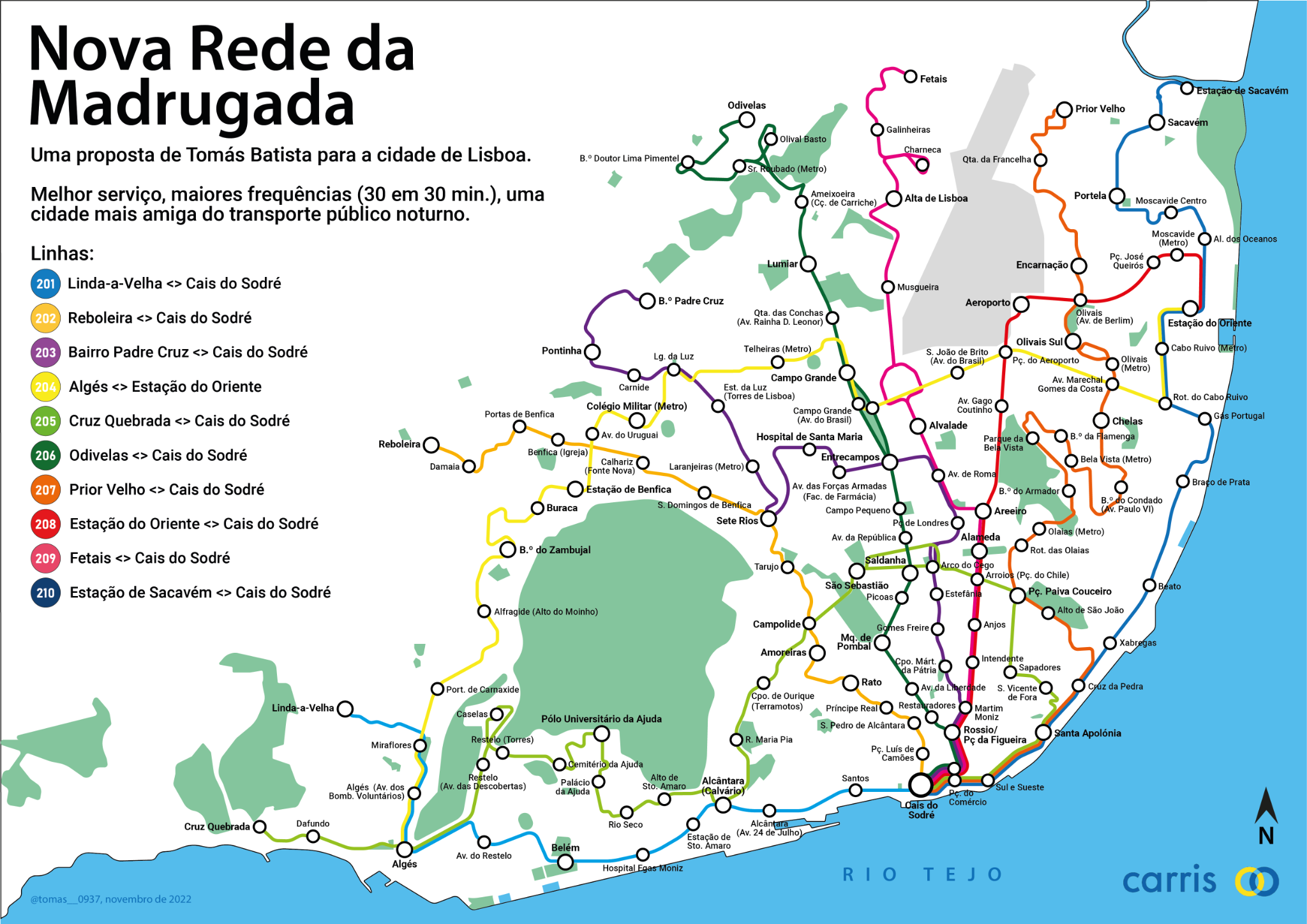
The student reports that he did some research work to develop this nightlife offer proposal, having consulted newspaper articles, previous maps of the network, and other documents he was able to find online. He says that the result is a work "more detailed, appealing and simplified" in relation to the first version.
The ubers are a last resort because they are very expensive at night
For Tomás, Carris' Rede da Madrugada is the most practical and economic way of getting home after a night out. Living in Arroios, he usually catches the 207 or 208 at Cais do Sodré and then he only has to walk a short distance home from the stop. The Metro closes at one in the morning - even on weekends - and GIRA, which he also uses, closes at two. He's left with another alternative: the TVDE platforms, such as Uber and Bolt. Tomas says he uses them mostly in groups, "but always as a last resort, when you are in a place where there are no buses or if there is only a bus for an hour and you really want to go home". "Especially after 3 or 4 in the morning, ubers increase the price a lot"says Tomás. Therefore, "It's something we try to avoid. But with the current supply of buses, it's not easy." What about the old cab? "At least I tell my generation, one rarely has physical cash in one's wallet. And there's another issue: unlike an uber, in a cab you don't know how much the trip will cost."
Even though he prefers Carris night buses, Tomás points out several flaws, namely overcrowding due to low frequencies. "The 207 is the bus that I take most often, but it's rare the day that I take it at 2 or 3 in the morning when it's not completely clogged. It only starts to empty there after Marquês, Picoas and Saldanha, which is the area where I also get off".he says. That's why Tomás suggests, in his proposal, frequencies every 30 minutes, doing the math so that this doesn't represent more costs for Carris. Each line can be traveled between the initial and terminal stops in less than an hour; so to have half-hourly frequencies, "for each route only two buses and two drivers are needed, except for the 201 and 208 routes, where, because they are shorter than half an hour, one vehicle and one crew member is enough"explains Tomas.
This work of getting on the operators' feet had not been done in the first version. "Before I always had the passenger's concern; now I've started to pay much more attention from the operators' perspective as well." The student made tables with the estimated travel times, with the kilometers of each route, with the human resources that would need to be mobilized. "The only thing I didn't work out was the consumption per kilometer that each vehicle could have, because it also depends on the type of vehicle and the fuel used"he explained. In the design of the routes, Tomás also took into account overflows, to allow "people can go from one place to another, even if they have to take two lines".
Carris shortened its Rede da Madrugada from nine to six routes in 2011/12
A Carris' Madrugada network was created in 1998 with nine routesbut between 2011 and 2012 suppressions and changes were made justified by lack of demand. Thus, there are currently six routes operating between midnight and close to six in the morning from Monday to Sunday, all of them starting from Cais do Sodré:
- a 201 going to Alcântara, Belém, Algés and Linda-a-Velha (Oeiras);
- a 202 going to Rato, Campolide, Sete Rios, Benfica and Bairro Padre Cruz;
- a 206 going to Santa Apolónia, Penha de França, Praça do Chile, Alameda, Areeiro, Alvalade, Alta de Lisboa, Lumiar and Senhor Roubado (Odivelas);
- a 207 going to Rossio, Marquês de Pombal, Saldanha, Campo Pequeno, Campo Grande, Lumiar and Fetais (Loures);
- a 208 going to Praça da Figueira, Martim Moniz, Praça do Chile, Alameda, Areeiro, Bela Vista, Chelas, Olivais, Aeroporto, Oriente.
- a 210 going to Santa Apolónia, Xabregas, Beato, Poço do Bispo, Olivais and Oriente.
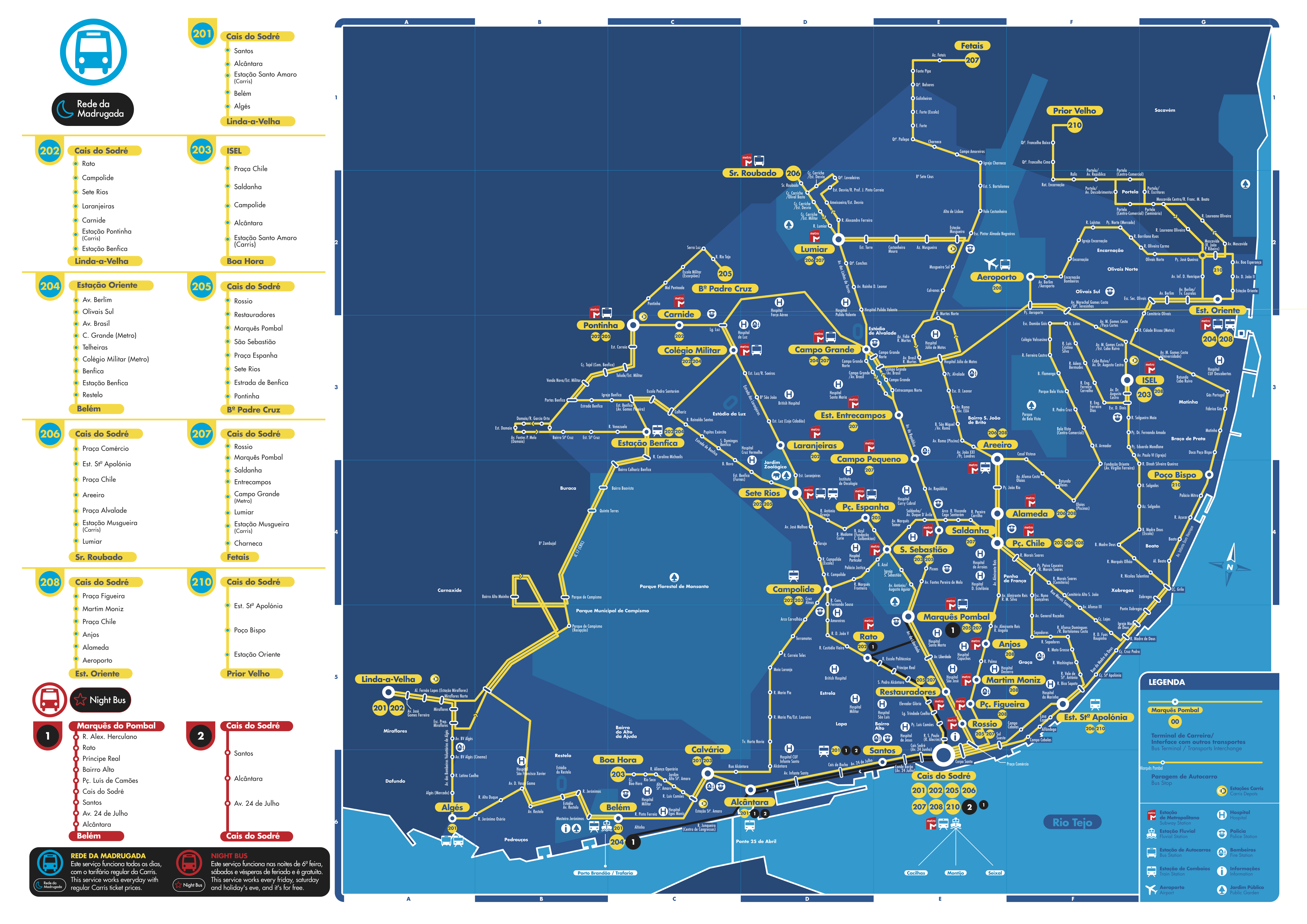
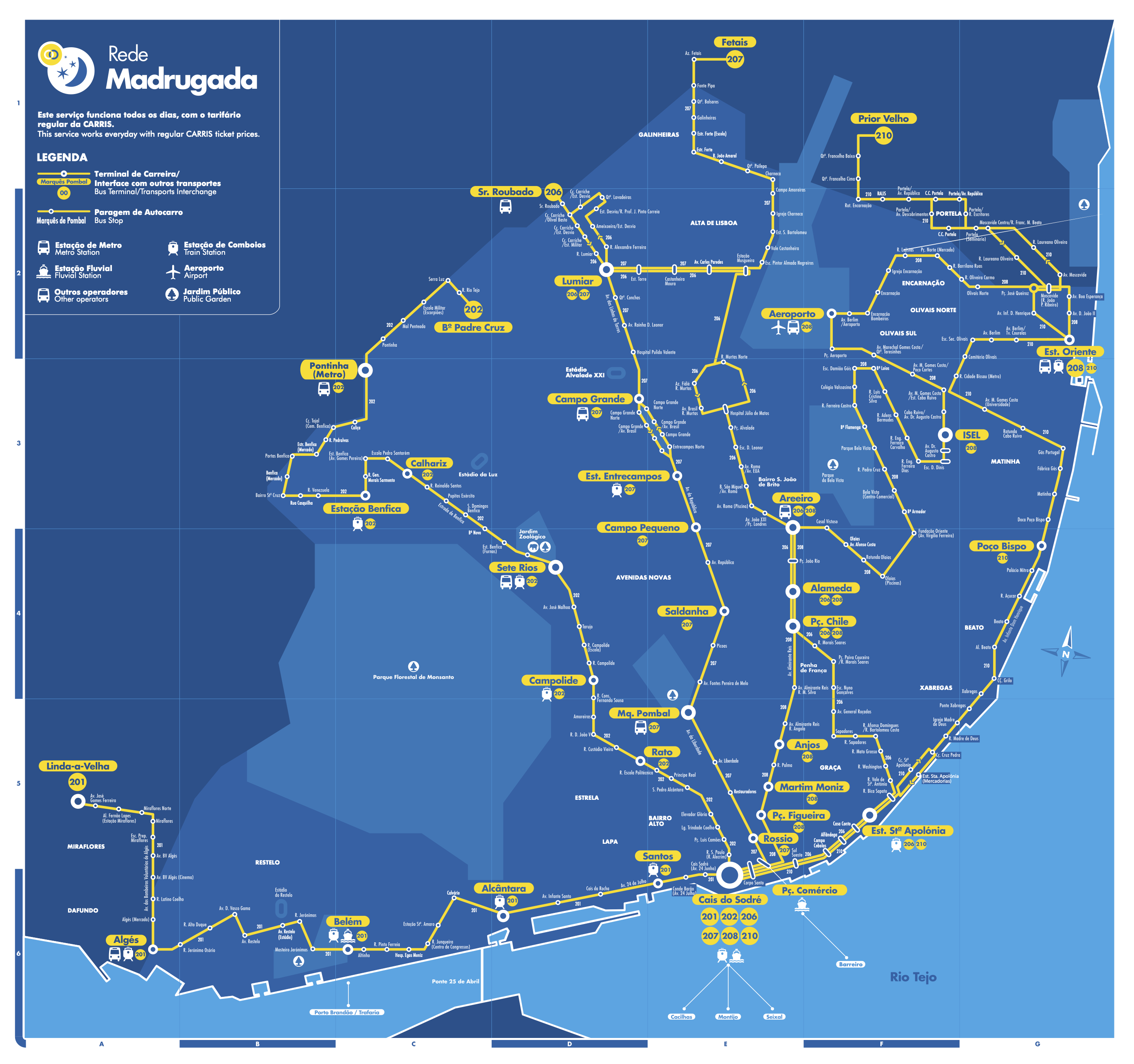
Tomas, a bus enthusiast
Tomás' enthusiasm for buses comes from his father, who is a driver for the SMTUC, Coimbra's municipal bus service. There is no night bus service in the university city, so Carris' Rede da Madrugada was a nice surprise for the 19-year-old when he came to Lisbon to study International Relations at the Instituto Superior de Ciências Sociais e Políticas (ISCSP). Not having any training in the area, he is already aiming for a Master's in Transportation Systems at the Instituto Superior Técnico (IST) to take his taste for making transport maps more seriously.
privilege is having your father driving the bus you go on 🚌, long live the SMTUC pic.twitter.com/d5clgtGWQ8
- Tomás Batista 🧭 (@tomas__0937) November 27, 2022
Besides Rede da Madrugada, Tomás has already imagined Lisbon Metro expansionmade a proposal to a rail service with an epicenter in Coimbra and is now devising a night bus network for the Student City. It is on his Twitter account, @tomas_0937He says he finds it on that social network. He says he finds in that social network "a very strong community of people who are interested in these topics". About voluntarily doing work for which other people are paid without receiving any monetary return in return, Thomas is relaxed. "I do this from the perspective of a citizen who is concerned and wants to contribute to improving transportation networks and systems"says. "At the meeting with Carris I was even advised, jokingly but seriously, to create a transportation consulting company. I don't know, it might even be an idea for the future, you never know."
At the meeting he had with Carris, Tomás took the opportunity to expose some of the situations that concern him as a student at the Ajuda University Center. "We currently have five lines - 742, 760, 771, 723 and 729"but there are problems of overcrowding due to "a wide frequency spacing" and little offer in the evenings for post-labor students. "Starting at 9:30, most buses stop running." According to Tomas, there is no need for new buses but "to create more frequency at night and make small adjustments during the day", and also "a reinforcement of what is frequency or, at least, create specific routes with fewer stops, for example, express routes for the 723 or the 729". The young student says he left proposals to Carris to improve the offer in Ajuda and also a wish: that the 771, his "favorite bus"may be extended to the University City "to have a direct link between the two poles of the University of Lisbon, the main one and the Ajuda pole"..
another day of overcrowding at the Ajuda hub 🥰 pic.twitter.com/gMX5v7Y6yP
- Tomás Batista 🧭 (@tomas__0937) November 30, 2022
Tomás Batista hopes that his ideas for the offer at Pólo Universitário da Ajuda and the Rede da Madrugada may come in handy at a time when the Carris prepares to make the biggest revision of its network in the last 20 years. From the meeting he had with the company, he was left with two promises for 2023: increasing the frequency of night buses at the weekend to 30-minute intervals and relaunching the 203 line between Restelo, Ajuda, Alcântara and Cais do Sodré.



